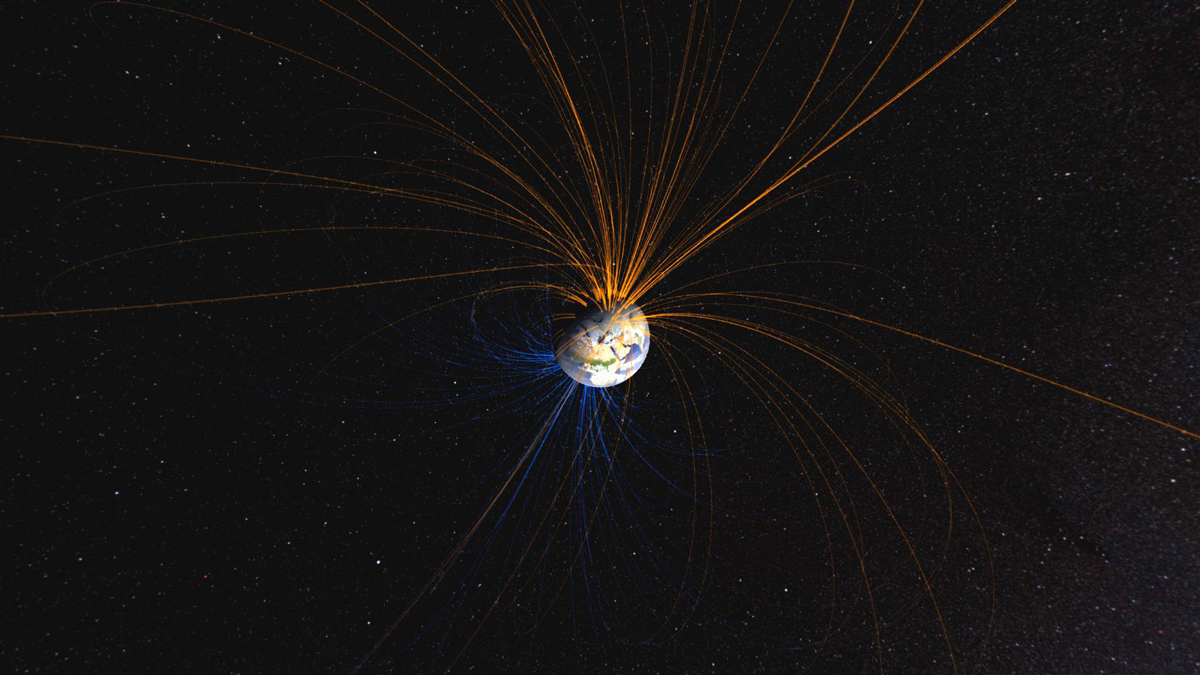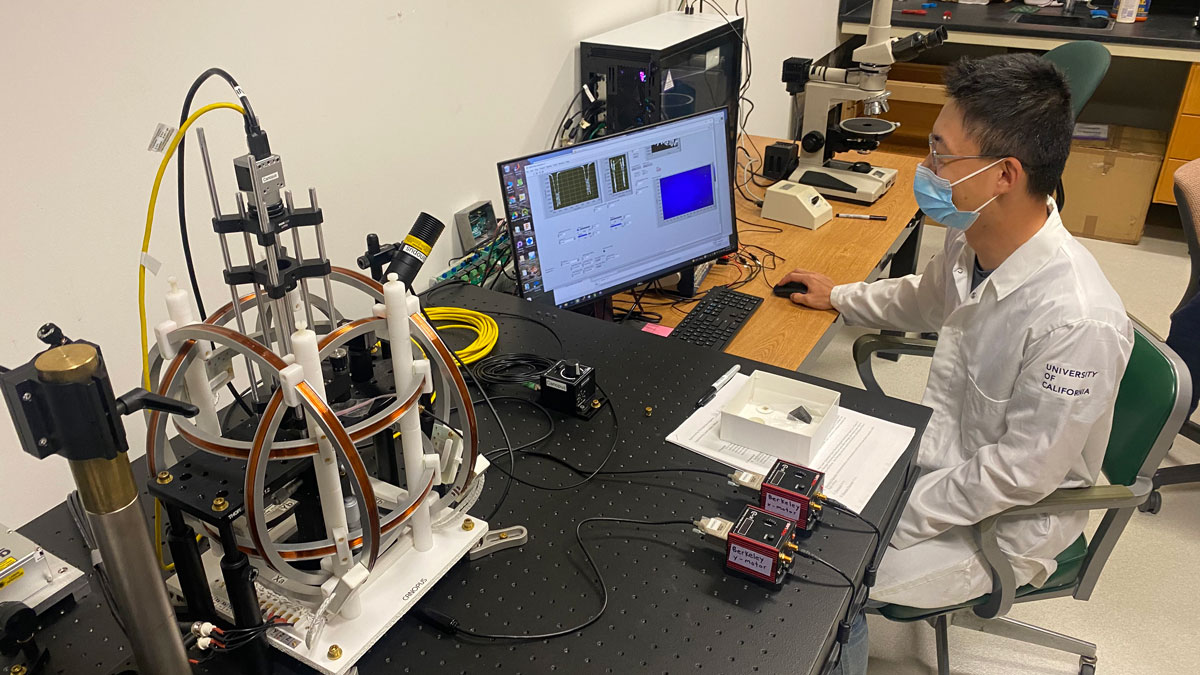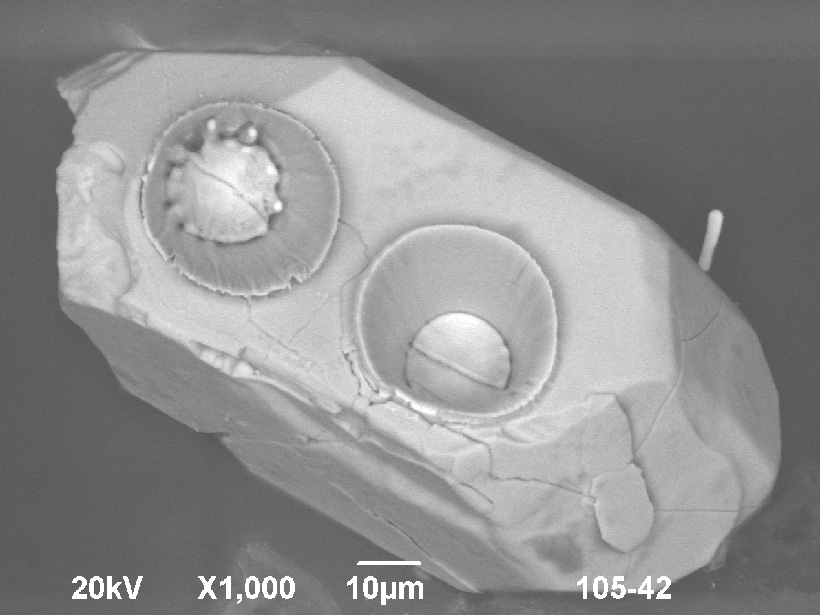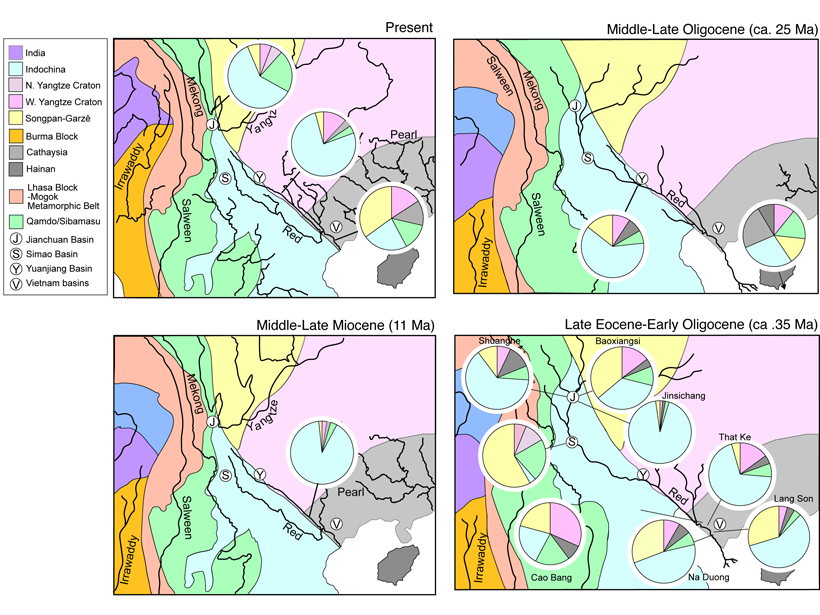Australian rocks 3.25 billion years old preserved the oldest signs of Earth’s stable magnetic field and quickly moving crust, critical elements of life’s evolution.
zircons
Diamonds Are a Paleomagnetist’s Best Friend
Typical paleomagnetic measurements average a sample’s signal. The quantum diamond microscope helps scientists make micrometer-scale maps of magnetism, showing where a sample locked in its magnetic signatures.
Meet Jane, the Zircon Grain—Geochronology’s New Mascot
In a children’s book written by geochronologist Matthew Fox, he condenses 400 million years of history into 34 playfully poetic pages as he follows the travels of a single grain of sand.
Earth’s Continents Share an Ancient Crustal Ancestor
How did today’s continents come to be? Geological sleuths found clues in grains of sand.
Vestiges of a Volcanic Arc Hidden Within Chicxulub Crater
Scientists discovered magmatic remnants of a volcanic arc by dating granitic rocks of the middle crust excavated by, and hidden within, the Chicxulub impact crater.
A River Ran Through It
The history of river system in southeast Tibet and Indochina reconstructed using the ages of thousands of zircon sand grains in modern and ancient river sediments.
When Water Met Rock
Geologists discover rocks bearing the earliest known evidence of water interacting with rock on Earth’s surface.
Apollo May Have Found an Earth Meteorite on the Moon
The meteorite may have been blasted off of Earth during an impact, mixed with lunar rocks, and brought back to Earth 4 billion years later by astronauts.
Reinterpreting the Age and Origins of Taiwan’s Yuli Belt Terrane
Uranium-lead dating of zircons from Taiwan’s east central metamorphic belt offers robust evidence that this uplifted terrane is some 90 million years younger than previously thought.
What Led to the Largest Volcanic Eruption in Human History?
A mineral-dating project at the Toba caldera in Indonesia sheds light on the science of supereruptions.










